Master the Art of Asian Cooking with Japanese Knives
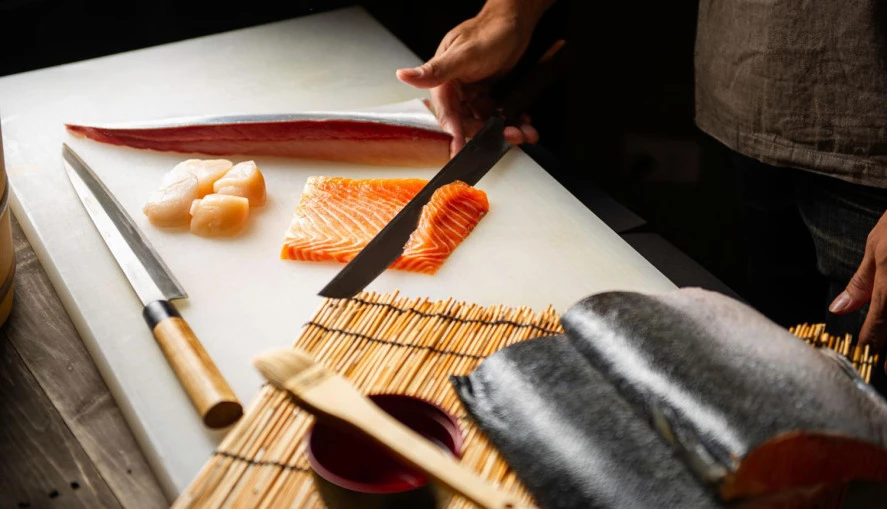
Contents
Japanese knives come at a considerable price, so don't rush into buying a compelely random one. Whether you're just getting started with Asian cuisine or you can already masterfully fillet a 200-pound tuna with the calmness of a Buddhist monk, you should review the characteristics of each type of knife. Not all the knives you use to cut vegetables are able to cut the fish into delicate sashimi.
What You Need to Know Before Buying a Japanese Knife - Basic Rules
Before we introduce the types of Japanese knives, we'll give you a few basic rules you need to know before using them, so that they stay in a perfect condition.
1. Never wash Japanese (or other) knives in the dishwasher
Although we don't speak Japanese, we believe the signs in Asian restaurants promote this rule. Not only will washing the knife in the dishwasher void the manufacturer's warranty, but there is also a chance you will damage the blade. Apart from that, dishwasher detergents will erode the steel surface and the natural materials the blade is made of.
2. Chop, wash, and dry
After use, rinse the knife, wash with a soft sponge or cloth and dry carefully. Never put the knife back to the case or knife block when it’s still wet. Otherwise, the blade is at risk of corrosion or unsightly spots.
3. Store the knife in a suitable place
Sheath, box, wooden block, case and a separate place on the magnetic bar above the kitchen counter are all good options. But do not store your knife in a common drawer for forks, cutlery knives, bottle openers and metal ladles.
4. Use knives for their intended purpose
It is surely possible to cut through the softer part of a frozen bone with a filleting knife, but why would you do that? Japanese knives are the result of precise workmanship. So give them a little respect and use them for cutting the foods they are designed for (sushi, vegetables or meat).
5. Use whetstone instead of knife sharpener
Use a whetstone or sharpening stone to ensure that your Japanese knife stays perfect. A whetstone is primarily used to maintain an already sharp blade.
We'll come back to the topic of whetstones at the end of this article.
What Do You Need to Cut? The Types of Japanese Knives
U-su-ba, Na-ki-ri, San-to-ku. Pronouncing the names of Japanese knives is not too difficult. That's why we believe choosing the right knife will not be hard for you.
When choosing a knife (not only a Japanese knife, but in general), always check the material of the blade and handle. The finest Japanese knives are made of Damascus steel with multiple layers and a hard core. In addition, the original pattern created by alternating different types of steel makes each knife fully unique.
The sheath made from antler or suitable wood will be durable. If the wood is too hard, there is always risk it will crack. On the other hand, if the wood is too soft, it will not be resistant to mechanical damage. The ideal material is bamboo.It doesn’t have high maintenance requirements and it’s ecological, because bamboo is a fast-growing plant.
Santoku
Santoku is the best-selling and most versatile Japanese knife. It has a wide and tall blade, which is why some people call it the brother of the European chef's knife.
Santoku knives have just the perfect sharpness and curvaturefor slicing and chopping various types of food using the rocking cutting technique. Moreover, you can use the wide flat blade to comfortably crush hot peppers or garlic, or to transfer food to the pan.
Nakiri
Nakiri vegetable knife will help you master the Japanese cutting techniques called Koguchigiri (small round cuts), Nanamegiri (diagonal cuts), or Sogigiri (angle slicing cut).
The incredibly thin blade ensures perfect cutting of soft vegetables or fruit.Never use a Nakiri knife for hard-impact chopping, it could damage the blade.
Usuba
The Japanese knife called Usuba looks similar to the previous, Nakiri knife. There are, however, a few differences between the two types. The Nakiri blade is sharpened on both edges and has a flat front part, with no pointed tip. The Usuba blade is sharpened on one side and it has a pointed tip.
Handling the Usuba knife is more difficult because the blade has a one-sided edge. With a little practice, however, any motivated cook can master it!
Deba
The size and weight of Deba knife already implies its purpose. This little-known type of Japanese knife has a high cutting ability and a flexible single-edged blade. It is suitable for cutting ham, fish and raw meat, but can also cut through smaller bones.
Sushi knives
Sushi isn't just about the perfect rolling. The process of cutting the fish is no less important. Which is why a sushi knife should be perfectly sharp.
But you may ask, why does it need to be so sharp? Because with a blunt knife, all you will do is crush the sushi roll. Similarly, if you use a blunt knife for filleting fish, all you will achieve are thick slices of fish similar to slices of bread. You simply need a sharp knife for elegant cuts suitable for Nigiri or Sashimi sushi. That's why we've dedicated to these knives a separate category in our e-shop.
The most commonly used Japanese sushi knives are Sashimi and Yanagiba. These knives are up to 30 cm long, with a narrow, double-edged blade, and smooth surface.
You should wipe the knife clean of food residue before each cut of the sushi roll or fish. That is because the residues of rice or vegetables on the blade can easily mess up the nori strips. And let’s be honest, a messed-up looking sushi is not pleasing to the eye (nor the tongue)!
Sharpening Stone is the Key
Sharpening of Japanese knives is a craft that needs to be approached with care. You should ideally use sharpening stones to sharpen them. So have the Japanese masters done it for centuries.
Grit is an important parameter of sharpening stones. There are single-sided or double-sided stones - with a different grain size on each side, coarse and fine. If you are looking for Japanese sharpening stones, look for the JIF parameter or the European standards FEPA F. The higher the parameter number, the finer the stone.
If you need help with the technique of sharpening using stones, check out our video.
Japanese knives are the best equipment you can get for your kitchen. However, they are extremely sharp, so you need to use them with utmost care - never wave the knife in the air and concentrate on the cut at all times.
If you're interested in Damascus steel, you can read our article dedicated to just that.

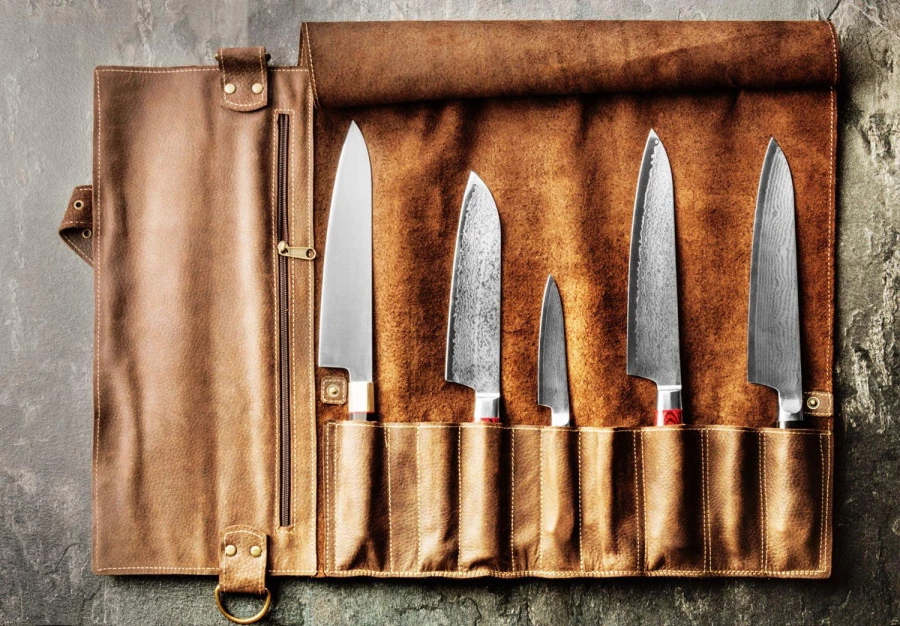
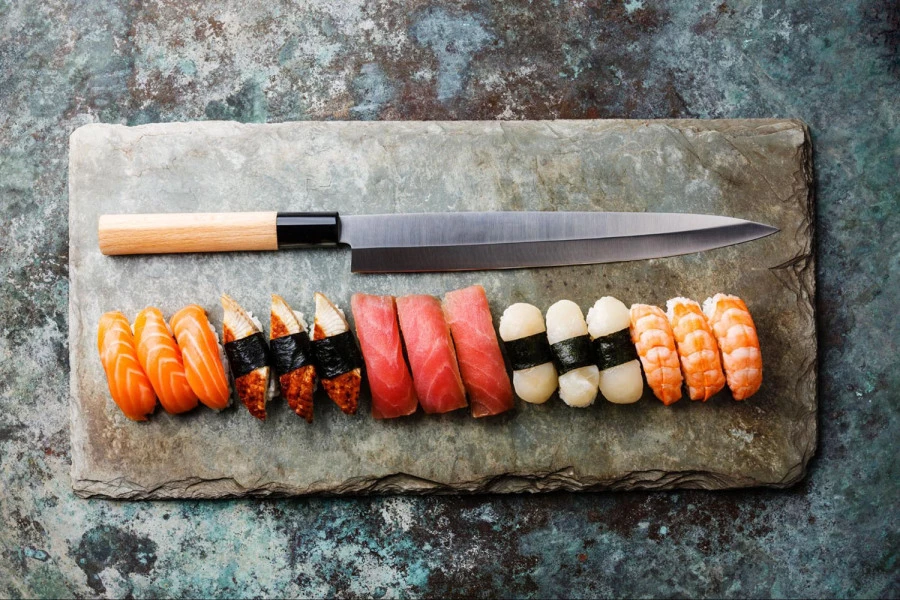
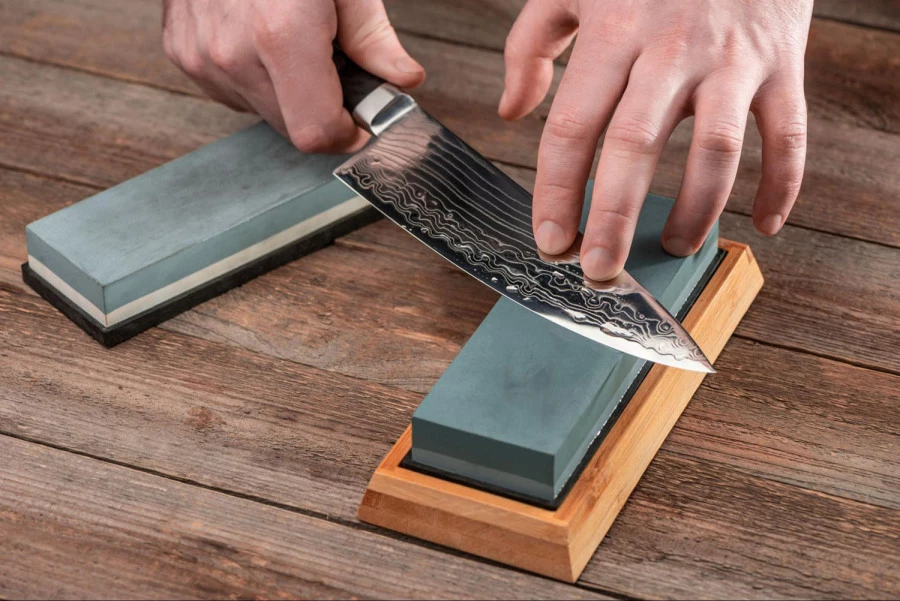
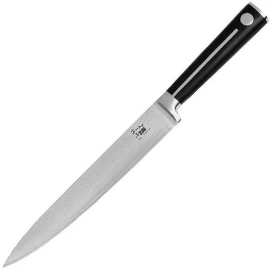
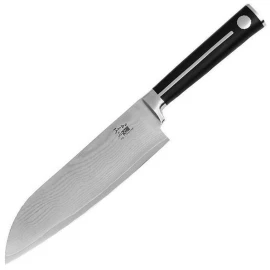
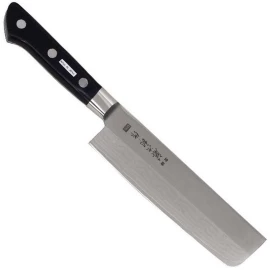

Comments